Travel through time on our
Walking Tours
Take a step into Monona’s rich history! With landmarks sprinkled throughout the city, you are sure to see and learn something new wherever you go.
Have an open schedule? Check out our map below and pick a few sites out of the city’s wide variety of landmarks, and buckle in for a trip back in time to historic Monona.
Visit the southeast shore of Lake Monona to check out the Springhaven Pagoda at Stonebridge Park, dating back to 1890. Immerse yourself in a nature walk and learn all about the Tompkins-Brindler Mounds in Woodland Park.
Whether around the lake, within the forests, or in parks and gardens, there is fun for everyone on a historic Monona walking tour!
Thank you to Historic Blooming Grove Historical Society for making many of these landmarks’ details and images publicly available.
Scenic Walking Trails
-
- Aldo Leopold Nature Center – outdoor nature center in Monona, Wisconsin that offers hiking trails featuring self-guided tours
- Olbrich Botanical Gardens – a 16-acre oasis of sprawling gardens and hidden treasures near the heart of Madison
Historical Landmarks of Monona
- Knute Reindahl House – built in 1903 on the shores of Lake Monona by the acclaimed violin maker and his family. Served as both home and workshop until it was destroyed by fire in 2007.
- Frank Allis Farm – built in 1888, featured a grand Georgian-style lakeside manor and was one of the earliest year-round homes on Lake Monona.
- Springhaven Pagoda – built by Judge E. W. Keyes to protect a cherished natural spring on his lakeside farm, remains a historic symbol of the area’s pastoral past and now stands in Stonebridge Park
- Ernie’s Trading Post – originally built as a garage in 1925, served as a speakeasy and later a grocery store where the movement to incorporate Monona as a village began.
- Blooming Grove Town Hall – built in 1871, served as a vital civic and social hub for nearly a century before being razed in 1967.
- Tompkins-Brindler Mound – two surviving linear earthworks in Woodland Park that are remnants of a once extensive Native American mound group that stretched along Monona’s southwestern slope
- Morningside Sanitarium – opened in 1918 and was Dane County’s first facility for tuberculosis patients and now serves as an arboretum and treatment center for youth
- Tower of Memories – located in Roselawn Memorial Park
- Royal Airport – the city’s first airport, operating from 1926 to 1938
- Black Bridge – built in 1905 over the Yahara River and became infamous during Prohibition as a hotspot for speakeasies and nightlife, giving its name to a once-notorious area of Monona
- Outlet Mound – the largest of an ancient mound group on Lake Monona’s Yahara River outlet and was a burial site used by Woodland people around 2,000 years ago
- George Nichols Farm – built in 1878 and a classic example of a Wisconsin farmhouse, marking the retirement home of a successful farmer who contributed to the area’s development
- Bungalowen – built in 1906 as a simple, bungalow-style summer cottage on the southeast shore of Lake Monona
- Fred Schluter Farm – purchased in 1901 and once spanned 150 acres of corn, wheat, and dairy farming, with much of the land now developed into Monona’s city facilities
- Otto Schroeder House – built in 1932 with Tudor-style architecture, incorporates the cobblestone foundation of a 1890 home and features a blend of historic design and modern artistic influence
- Adolph Wagner House – built in 1900 and has remained largely unaltered, featuring high ceilings, solid maple floors, and a sandstone foundation
- Charles Fix House – built in 1926, an early example of wealth in Monona, blending Georgian and Dutch Colonial styles with a spacious design and stunning views of Lake Monona
- William Schultz Farm – built as the center of a 62-acre truck farm known for its strawberries, milk, and eggs, features a grand Central Promenade that once extended to Lake Monona
- George Kalbfleisch Jr. Farm – built around 1903, was originally a farmhouse with a porch and seven rooms, later evolving through ownership by Joseph Fix, who added farm operations and saw the repurposing of its poultry house into a church.
- Tonyawatha Springs Hotel – a grand resort on Lake Monona built in 1879, was known for its curative spring water and picturesque setting, but was destroyed by fire in 1895
- Lamboley Cottage – built in 1923, this cottage remains as a rare reminder of Monona’s early days as a summer vacation retreat.
- Femrite Farms – established in 1893, a successful family-run dairy operation known as Duck Point Guernsey Farm, with four generations living on the land and contributing to the local community
- Nathaniel Dean House – built in 1856, a cream-brick Italianate home that began as the center of a 500-acre dairy farm and now serves as a historic house museum and community landmark
- Chet Clarke House – built in the late 19th century, a grand 17-room brick home that was a social hub of early Monona, remembered today despite its demolition in 1969
- Cora Cadwallader Tuttle Bungalow – Monona’s first bungalow, built in 1913–14 as a model home by designer Cora Tuttle, introduced the distinctive California Bungalow style to the area
- Monona/Reindahl Mound – a conical-linear burial site thought to align with the spring equinox sunset, located on private property at 4009 Monona Drive and commemorated with a historical marker in 2020
Aldo Leopold Nature Center
330 Femrite Dr
Outdoor nature center in Monona, Wisconsin that offers hiking trails featuring self-guided tours
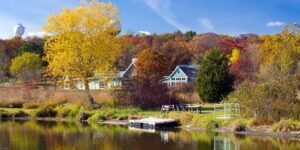
Olbrich Botanical Gardens
3330 Atwood Ave
A 16-acre oasis of sprawling gardens and hidden treasures near the heart of Madison
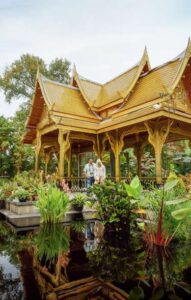
Knute Reindahl House
4009 Monona Drive
Built in 1903 on the shores of Lake Monona by the acclaimed violin maker and his family. Served as both home and workshop until it was destroyed by fire in 2007
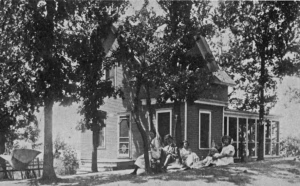
Frank Allis Farm
4123 Monona Drive
Built in 1888, featured a grand Georgian-style lakeside manor and was one of the earliest year-round homes on Lake Monona

Springhaven Pagoda
4200 Block of Winnequah Road
Built by Judge E. W. Keyes to protect a cherished natural spring on his lakeside farm, remains a historic symbol of the area’s pastoral past and now stands in Stonebridge Park
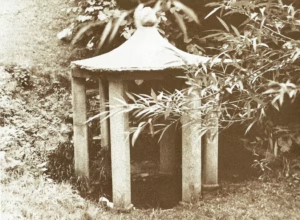
Ernie’s Trading Post
4500 Winnequah Road
Originally built as a garage in 1925, served as a speakeasy and later a grocery store where the movement to incorporate Monona as a village began
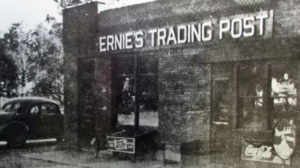
Blooming Grove Town Hall
Monona Drive at West Dean Avenue
Built in 1871, served as a vital civic and social hub for nearly a century before being razed in 1967
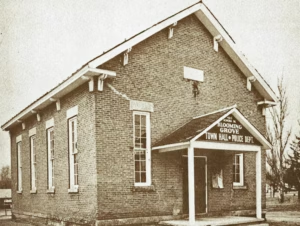
Tompkins-Brindler Mound
5800 Block Monona Drive
Two surviving linear earthworks in Woodland Park that are remnants of a once extensive Native American mound group that stretched along Monona’s southwestern slope
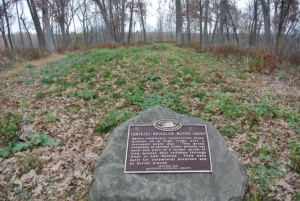
Morningside Sanitarium
300 Femrite Drive
Opened in 1918 and was Dane County’s first facility for tuberculosis patients and now serves as an arboretum and treatment center for youth
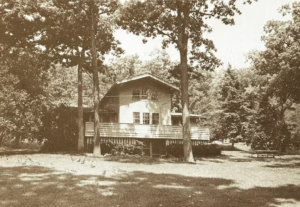
Tower of Memories
401 Femite Dr
Located in Roselawn Memorial Park
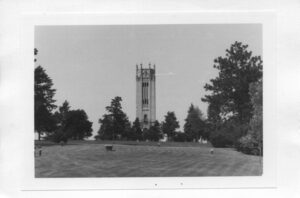
Royal Airport
2100-2500 West Broadway
The city’s first airport, operating from 1926 to 1938
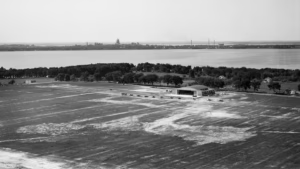
Black Bridge
Bridge Road
Built in 1905 over the Yahara River and became infamous during Prohibition as a hotspot for speakeasies and nightlife, giving its name to a once-notorious area of Monona
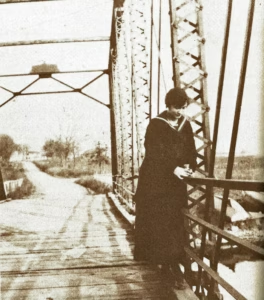
Outlet Mound
Intersection of Ridgewood and Midwood Avenues
The largest of an ancient mound group on Lake Monona’s Yahara River outlet and was a burial site used by Woodland people around 2,000 years ago
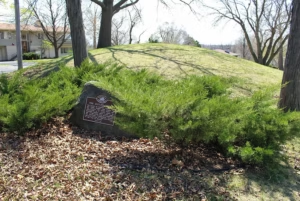
George Nichols Farm
6204 Ridgewood Avenue
Built in 1878 and a classic example of a Wisconsin farmhouse, marking the retirement home of a successful farmer who contributed to the area’s development
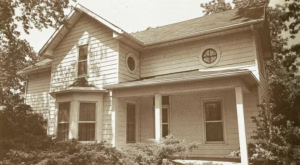
Bungalowen
5805-5807 Winnequah Road
Built in 1906 as a simple, bungalow-style summer cottage on the southeast shore of Lake Monona
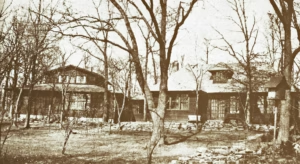
Fred Schluter Farm
5310 Schluter Road
Purchased in 1901 and once spanned 150 acres of corn, wheat, and dairy farming, with much of the land now developed into Monona’s city facilities

Otto Schroeder House
4811 Tonyawatha Trail
Built in 1932 with Tudor-style architecture, incorporates the cobblestone foundation of a 1890 home and features a blend of historic design and modern artistic influence
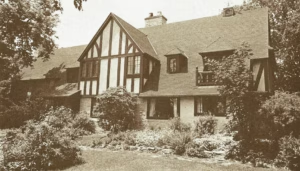
Adolph Wagner House
4705 Tonyawatha Trail
Built in 1900 and has remained largely unaltered, featuring high ceilings, solid maple floors, and a sandstone foundation
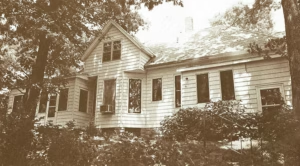
Charles Fix House
4659 Tonyawatha Trail
Built in 1926, an early example of wealth in Monona, blending Georgian and Dutch Colonial styles with a spacious design and stunning views of Lake Monona
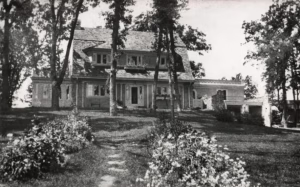
William Schultz Farm
4611 Winnequah Road
Built as the center of a 62-acre truck farm known for its strawberries, milk, and eggs, features a grand Central Promenade that once extended to Lake Monona
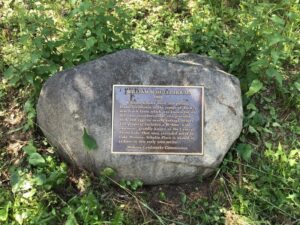
George Kalbfleisch Jr. Farm
706 West Dean Ave
Built around 1903, was originally a farmhouse with a porch and seven rooms, later evolving through ownership by Joseph Fix, who added farm operations and saw the repurposing of its poultry house into a church
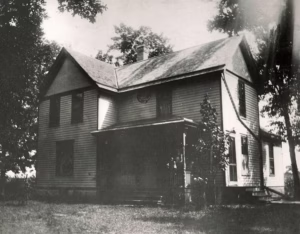
Tonyawatha Springs Hotel
4300-4500 Winnequah Road
A grand resort on Lake Monona built in 1879, was known for its curative spring water and picturesque setting, but was destroyed by fire in 1895
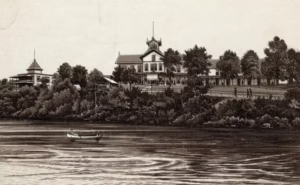
Lamboley Cottage
4529 Winnequah Road
Built in 1923, this cottage remains as a rare reminder of Monona’s early days as a summer vacation retreat
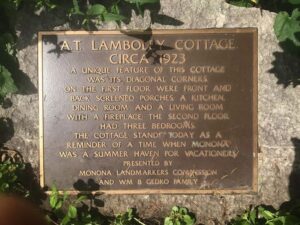
Femrite Farms
215 Femrite Farms
Established in 1893, a successful family-run dairy operation known as Duck Point Guernsey Farm, with four generations living on the land and contributing to the local community
Nathaniel Dean House
4718 Monona Drive
Built in 1856, a cream-brick Italianate home that began as the center of a 500-acre dairy farm and now serves as a historic house museum and community landmark
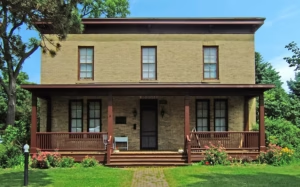
Chet Clarke House
5000 Monona Drive
Built in the late 19th century, a grand 17-room brick home that was a social hub of early Monona, remembered today despite its demolition in 1969

Cora Cadwallader Tuttle Bungalow
4103 Monona Drive
Monona’s first bungalow, built in 1913–14 as a model home by designer Cora Tuttle, introduced the distinctive California Bungalow style to the area
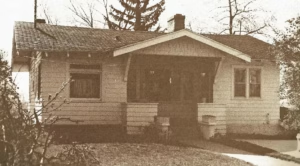
Monona/Reindahl Mound
4009 Monona Drive
A conical-linear burial site thought to align with the spring equinox sunset, located on private property at 4009 Monona Drive and commemorated with a historical marker in 2020
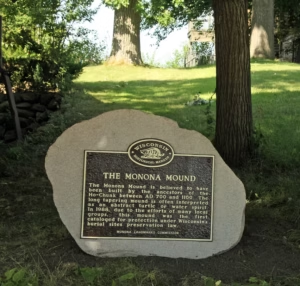
Insider Tips:
Looking for a longer hike with beautiful scenery?
Start your journey in the heart of the city. Grab a picnic lunch from Ken’s Meats & Deli or Fraboni’s Italian Specialites & Delicatessen, then cross Monona Drive to begin your adventure through three connected parks.
Head up the hillside through the tall old trees and past Monona’s water tower through Woodland Park, come out to the beautiful prairie and pond trails at Aldo Leopold Nature Center, then continue through the diverse landscapes of Edna Taylor Conservation Park to catch a glimpse of local wildlife, and pass by historic Ho-Chunk burial mounds.
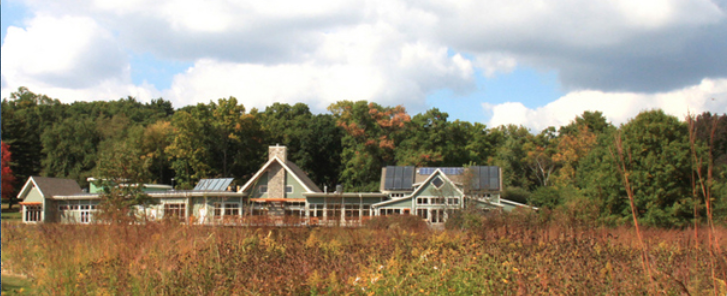
[hmapsprem id=7]

This is the official visitor site for Monona, Wisconsin. Learn about the town's history, find places to stay, things to do, restaurants, shops, and more.
Photos by Bruce Fritz
Sponsored by:

